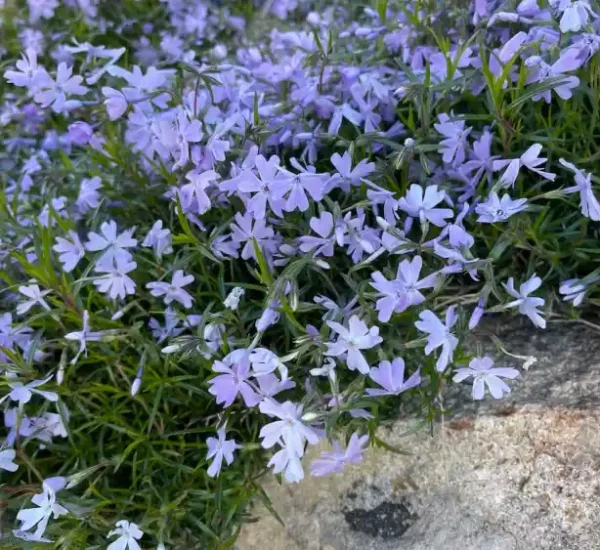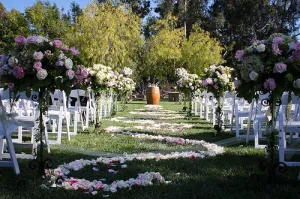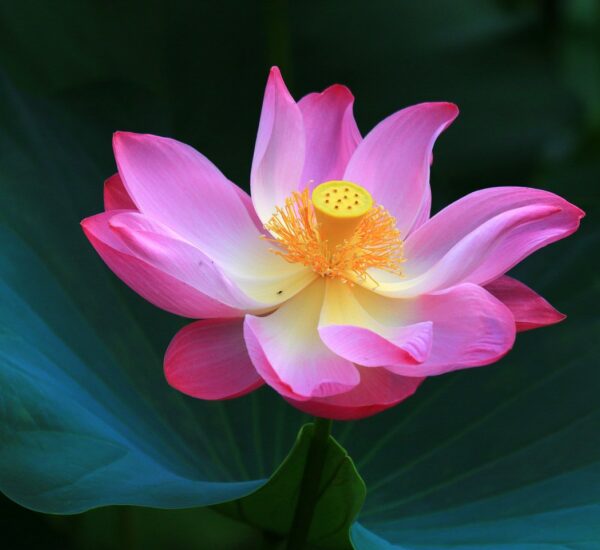Drying flowers is a popular way to preserve their beauty and create long-lasting floral arrangements. In this expert guide, we will explore 30 of the best flowers for drying, providing insights from horticultural experts, government horticultural agencies, and academic research to help you choose the ideal blooms for your drying projects.
Why Dry Flowers?
Before we delve into the list of flowers, let’s understand the advantages of drying flowers and how to choose the right ones for this preservation method.
Benefits of Drying Flowers
- Drying flowers allows you to enjoy their beauty year-round and create timeless, decorative arrangements.
- Preserving flowers through drying can save special bouquets or garden blooms with sentimental value.
30 Best Flowers for Drying
Lavender (Lavandula spp.)
- Cultivation Tip: Lavender’s fragrant and long-lasting blooms make it a favorite for drying, with uses in potpourri and sachets.
Roses (Rosa spp.)
- Cultivation Tip: Roses, when dried correctly, retain their elegance and are commonly used for various crafts and décor.
Statice (Limonium spp.)
- Cultivation Tip: Statice’s papery flowers are perfect for drying, and they maintain their vibrant colors.
Baby’s Breath (Gypsophila spp.)
- Cultivation Tip: This delicate flower dries beautifully and is often used to complement other dried arrangements.
Strawflowers (Xerochrysum spp.)
- Cultivation Tip: Strawflowers come in various vibrant hues and retain their color and form when dried.
Hydrangea (Hydrangea spp.)
- Cultivation Tip: Hydrangeas have large, full blooms that dry well, and their colors may change subtly when dried.
Eucalyptus (Eucalyptus spp.)
- Cultivation Tip: Eucalyptus leaves and stems, with their pleasant fragrance, are excellent choices for drying and crafting.
Larkspur (Delphinium spp.)
- Cultivation Tip: Larkspur’s tall spikes of flowers dry beautifully and can be used in various dried arrangements.
Bells of Ireland (Moluccella laevis)
- Cultivation Tip: Bells of Ireland’s unique green spires make them appealing for drying and ornamental use.
Sunflowers (Helianthus spp.)
- Cultivation Tip: Sunflower heads can be dried for their seeds and also as decorative dried flowers.
Chrysanthemums (Chrysanthemum spp.)
- Cultivation Tip: Chrysanthemums offer a wide range of colors and shapes for dried arrangements.
Peonies (Paeonia spp.)
- Cultivation Tip: Peonies are known for their lush, fragrant blooms, which dry beautifully and are prized for crafting.
Marigolds (Tagetes spp.)
- Cultivation Tip: Marigolds are easy to dry and maintain their vivid colors.
Gomphrena (Gomphrena globosa)
- Cultivation Tip: Gomphrena’s globe-like flower heads are long-lasting and appealing for dried floral crafts.
Dahlias (Dahlia spp.)
- Cultivation Tip: Dahlias come in various shapes and sizes, making them versatile for drying and decorating.
Delphinium (Delphinium spp.)
- Cultivation Tip: Delphinium’s tall, spiky flowers are perfect for drying and creating vertical interest in arrangements.
Ageratum (Ageratum houstonianum)
- Cultivation Tip: Ageratum’s fluffy blue blooms are well-suited for drying and crafting.
Yarrow (Achillea spp.)
- Cultivation Tip: Yarrow’s feathery, aromatic flowers are easy to dry and have many uses in dried arrangements.
Queen Anne’s Lace (Daucus carota)
- Cultivation Tip: The delicate, lacy umbels of Queen Anne’s Lace dry beautifully and add an airy touch to arrangements.
Zinnias (Zinnia spp.)
- Cultivation Tip: Zinnias, with their vibrant and varied blooms, make lovely additions to dried arrangements.
Dianthus (Dianthus spp.)
- Cultivation Tip: Dianthus, also known as pinks or carnations, are known for their fragrance and long-lasting dried blooms.
Asters (Aster spp.)
- Cultivation Tip: Asters offer a range of colors and are excellent for dried floral crafts.
Globe Amaranth (Gomphrena globosa)
- Cultivation Tip: Globe amaranth, with its papery globes in various colors, is well-suited for drying and crafting.
Black-Eyed Susan (Rudbeckia hirta)
- Cultivation Tip: Black-eyed Susans retain their cheerful appearance when dried and are great for fall arrangements.
Love-in-a-Mist (Nigella damascena)
- Cultivation Tip: Love-in-a-Mist’s delicate seed pods are as attractive when dried as their blossoms.
Bachelor’s Buttons (Centaurea cyanus)
- Cultivation Tip: Bachelor’s buttons, also known as cornflowers, are charming dried flowers.
Bleeding Heart (Dicentra spectabilis)
- Cultivation Tip: Bleeding heart’s heart-shaped blossoms can be dried to capture their unique charm.
Coneflowers (Echinacea spp.)
- Cultivation Tip: Coneflowers, with their distinctive central cones, are appealing dried flowers.
Foxglove (Digitalis spp.)
- Cultivation Tip: Foxglove’s tall spires of tubular flowers can be dried for unique floral arrangements.
Wildflowers (Various Species)
- Cultivation Tip: Wildflowers from your local area can add a rustic charm to dried arrangements and are easily sourced.
Conclusion
Drying flowers allows you to extend the life of your blooms and create beautiful, long-lasting arrangements. By selecting the right flowers and following proper drying techniques, you can enjoy the beauty of these dried floral creations for months or even years to come.
Here are 10 frequently asked questions (FAQs) about the best flowers for drying
What are the benefits of drying flowers, and why might someone choose to preserve their blooms through this method?
Can any type of flower be dried, or are there specific flowers that are better suited for the drying process?
Are there different techniques for drying flowers, such as air drying, pressing, or using desiccants, and which is the most suitable for different flower varieties?
How do I determine the right time to harvest flowers for drying to ensure they retain their color and shape?
What factors influence the success of drying flowers, including humidity, temperature, and the flower’s moisture content?
Are there any flowers that should be avoided when attempting to dry them due to difficulties or poor results?
What are some creative uses for dried flowers, such as crafting, decorating, or creating long-lasting floral arrangements?
Can I dry flowers that I’ve grown in my garden, or should I consider purchasing specific varieties known for their drying qualities?
What are the best practices for storing dried flowers to maintain their beauty and longevity?
Are there specific care instructions for dried flowers to prevent fading, crumbling, or other deterioration over time?
These FAQs should provide valuable information for individuals interested in preserving the beauty of flowers through the drying process.
- How to Prevent and Reduce Knee and Back Pain While Gardening - July 19, 2024
- Garden Myth: Compost tumblers make compost in two weeks - July 17, 2024
- How do you clean and care for garden tools? - July 16, 2024




